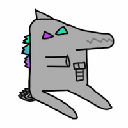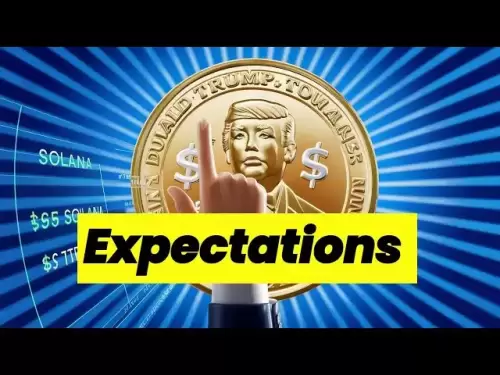-
 Bitcoin
Bitcoin $118200
0.13% -
 Ethereum
Ethereum $3747
4.69% -
 XRP
XRP $3.515
2.31% -
 Tether USDt
Tether USDt $1.000
-0.02% -
 BNB
BNB $753.8
2.58% -
 Solana
Solana $181.7
2.19% -
 USDC
USDC $0.9997
-0.01% -
 Dogecoin
Dogecoin $0.2714
12.11% -
 Cardano
Cardano $0.8700
4.49% -
 TRON
TRON $0.3170
-1.09% -
 Hyperliquid
Hyperliquid $46.67
3.75% -
 Stellar
Stellar $0.4732
1.93% -
 Sui
Sui $3.937
2.55% -
 Chainlink
Chainlink $19.49
5.52% -
 Hedera
Hedera $0.2777
3.08% -
 Bitcoin Cash
Bitcoin Cash $547.4
5.82% -
 Avalanche
Avalanche $25.23
1.29% -
 Shiba Inu
Shiba Inu $0.00001562
4.48% -
 Litecoin
Litecoin $117.1
4.09% -
 UNUS SED LEO
UNUS SED LEO $8.991
0.15% -
 Toncoin
Toncoin $3.293
2.21% -
 Polkadot
Polkadot $4.517
1.96% -
 Uniswap
Uniswap $10.65
5.08% -
 Ethena USDe
Ethena USDe $1.001
0.00% -
 Monero
Monero $325.1
1.49% -
 Pepe
Pepe $0.00001425
6.78% -
 Bitget Token
Bitget Token $4.962
1.38% -
 Dai
Dai $0.9999
-0.01% -
 Aave
Aave $326.9
3.03% -
 Bittensor
Bittensor $425.7
2.24%
How to operate coin perpetual contract?
To initiate coin perpetual contract trading, select an exchange, create an account, fund it with sufficient margin, and strategically place buy or sell orders based on your predictions of cryptocurrency price fluctuations.
Oct 23, 2024 at 08:38 pm

How to Trade Coin Perpetual Contracts
Coin perpetual contracts are a type of derivative that allows traders to speculate on the future price of a cryptocurrency. They are similar to futures contracts, but they do not have a fixed expiration date. This means that traders can hold onto their positions for as long as they want.
Coin perpetual contracts are traded on a margin basis, which means that traders only need to put up a small percentage of the total value of their contract. This makes them a very capital-efficient way to trade cryptocurrencies.
How to Get Started
- Choose a cryptocurrency exchange. There are a number of different cryptocurrency exchanges that offer coin perpetual contracts. Some of the most popular exchanges include OKX, Binance, and Huobi.
- Create an account. Once you have chosen an exchange, you will need to create an account. This usually involves providing your name, email address, and password.
- Fund your account. You will need to fund your account with enough money to cover the margin requirement for your contract.
- Place an order. Once you have funded your account, you can place an order to buy or sell a coin perpetual contract.
Trading Coin Perpetual Contracts
When you trade coin perpetual contracts, you are essentially betting on whether the price of the cryptocurrency will go up or down. If you believe that the price will go up, you can buy a long contract. If you believe that the price will go down, you can sell a short contract.
The profit or loss on your contract will be determined by the difference between the price of the cryptocurrency when you entered into the contract and the price when you close it. If the price goes in your favor, you will make a profit. If the price goes against you, you will lose money.
Risks of Trading Coin Perpetual Contracts
Coin perpetual contracts are a leveraged product, which means that they can amplify your profits and losses. This makes them a risky investment, and it is important to understand the risks before you start trading.
Some of the risks of trading coin perpetual contracts include:
- The price of the cryptocurrency can fluctuate rapidly. This can lead to large profits or losses in a short period of time.
- You can lose more money than you invested. If the price of the cryptocurrency moves against you, you can lose more money than you invested.
- You can be liquidated. If your margin balance falls below the required level, you can be liquidated. This means that your position will be closed and you will lose any profits that you have made.
Conclusion
Coin perpetual contracts are a powerful tool that can be used to speculate on the future price of cryptocurrencies. However, it is important to understand the risks before you start trading. If you are not comfortable with the risks, you should not trade coin perpetual contracts.
Disclaimer:info@kdj.com
The information provided is not trading advice. kdj.com does not assume any responsibility for any investments made based on the information provided in this article. Cryptocurrencies are highly volatile and it is highly recommended that you invest with caution after thorough research!
If you believe that the content used on this website infringes your copyright, please contact us immediately (info@kdj.com) and we will delete it promptly.
- Crypto & Institutions in July 2025: What's the Hype?
- 2025-07-21 04:30:12
- Pepeto, DOGE, SHIB Prices: What's Hot and What's Not in the Meme Coin Mania
- 2025-07-21 04:30:12
- Bitcoin's Wild Ride: Records, Rallies, and Reversals - A New Yorker's Take
- 2025-07-21 02:30:12
- CoinDCX Hack: $44 Million Lost, User Funds Safe... For Now?
- 2025-07-21 02:30:12
- BONK, FLOKI, Remittix Predictions: Navigating the Meme Coin Mania and Beyond
- 2025-07-21 02:50:13
- Hacker Attack on CoinDCX: Funds Safe, But Lessons Learned
- 2025-07-21 02:50:13
Related knowledge
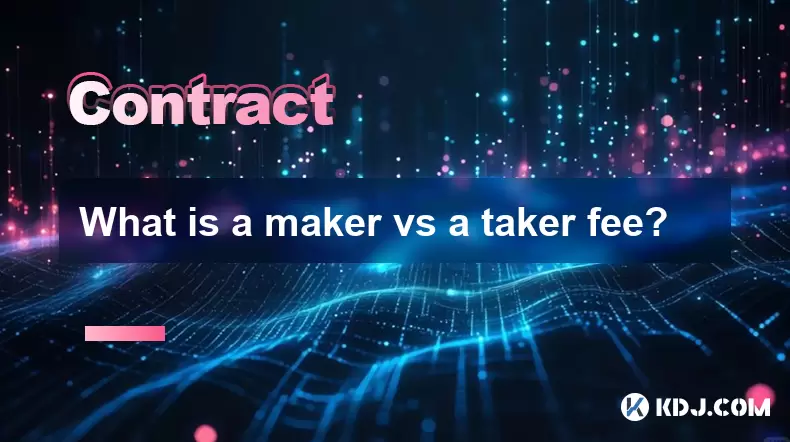
What is a maker vs a taker fee?
Jul 19,2025 at 01:14am
Understanding the Basics of Cryptocurrency Exchange FeesIn the world of cryptocurrency trading, maker vs taker fees are a fundamental concept that eve...

How to analyze Bitcoin futures data from CME?
Jul 19,2025 at 05:22pm
Understanding Bitcoin Futures on CMEBitcoin futures on the CME Group (Chicago Mercantile Exchange) represent a regulated financial instrument that all...

Common mistakes in crypto futures trading
Jul 20,2025 at 09:56pm
Overleveraging Without Risk ManagementOne of the most common mistakes in crypto futures trading is overleveraging. Traders often believe that using hi...
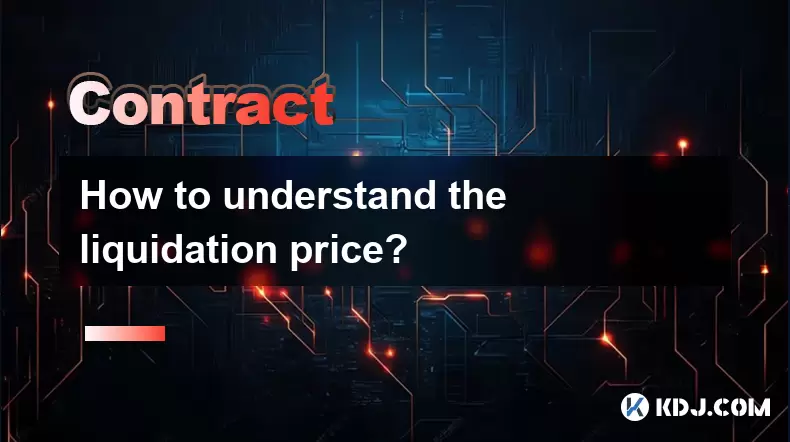
How to understand the liquidation price?
Jul 19,2025 at 10:00pm
What Is a Liquidation Price in Cryptocurrency Trading?In the realm of cryptocurrency futures and margin trading, the liquidation price refers to the s...
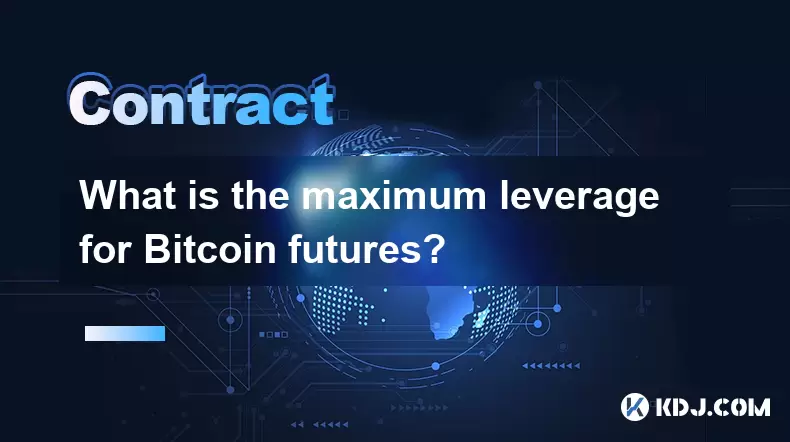
What is the maximum leverage for Bitcoin futures?
Jul 20,2025 at 03:42pm
Understanding Leverage in Bitcoin FuturesLeverage in Bitcoin futures refers to the use of borrowed capital to increase the potential return on investm...

What is time in force (GTC, IOC, FOK)?
Jul 19,2025 at 08:57am
Understanding Time in Force in Cryptocurrency TradingIn the world of cryptocurrency trading, the Time in Force (TIF) is a crucial parameter that deter...

What is a maker vs a taker fee?
Jul 19,2025 at 01:14am
Understanding the Basics of Cryptocurrency Exchange FeesIn the world of cryptocurrency trading, maker vs taker fees are a fundamental concept that eve...

How to analyze Bitcoin futures data from CME?
Jul 19,2025 at 05:22pm
Understanding Bitcoin Futures on CMEBitcoin futures on the CME Group (Chicago Mercantile Exchange) represent a regulated financial instrument that all...

Common mistakes in crypto futures trading
Jul 20,2025 at 09:56pm
Overleveraging Without Risk ManagementOne of the most common mistakes in crypto futures trading is overleveraging. Traders often believe that using hi...

How to understand the liquidation price?
Jul 19,2025 at 10:00pm
What Is a Liquidation Price in Cryptocurrency Trading?In the realm of cryptocurrency futures and margin trading, the liquidation price refers to the s...

What is the maximum leverage for Bitcoin futures?
Jul 20,2025 at 03:42pm
Understanding Leverage in Bitcoin FuturesLeverage in Bitcoin futures refers to the use of borrowed capital to increase the potential return on investm...

What is time in force (GTC, IOC, FOK)?
Jul 19,2025 at 08:57am
Understanding Time in Force in Cryptocurrency TradingIn the world of cryptocurrency trading, the Time in Force (TIF) is a crucial parameter that deter...
See all articles
















